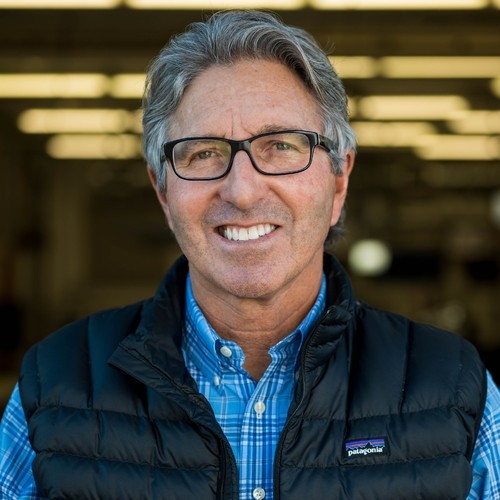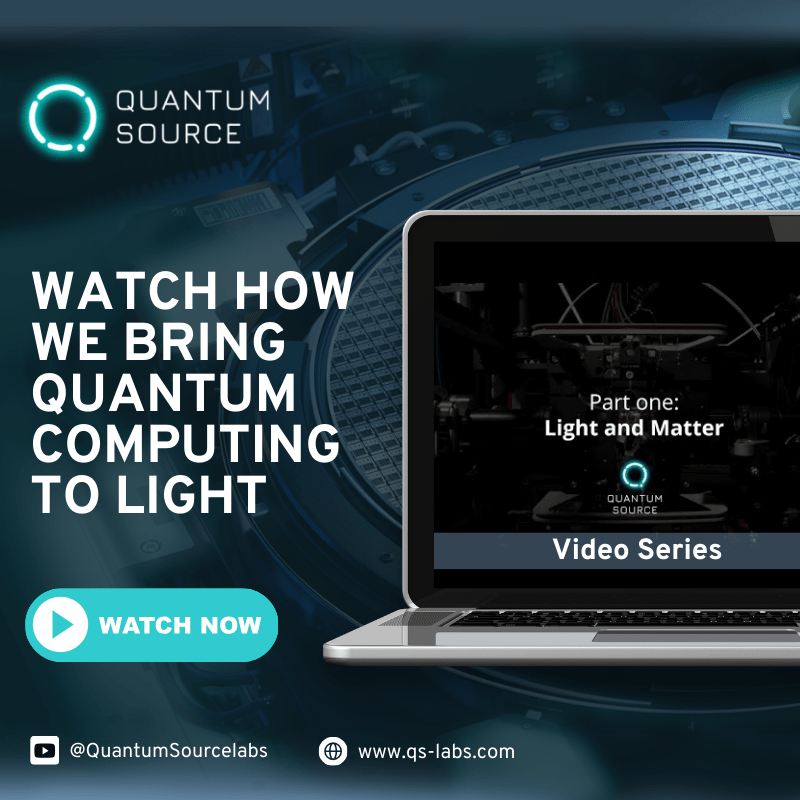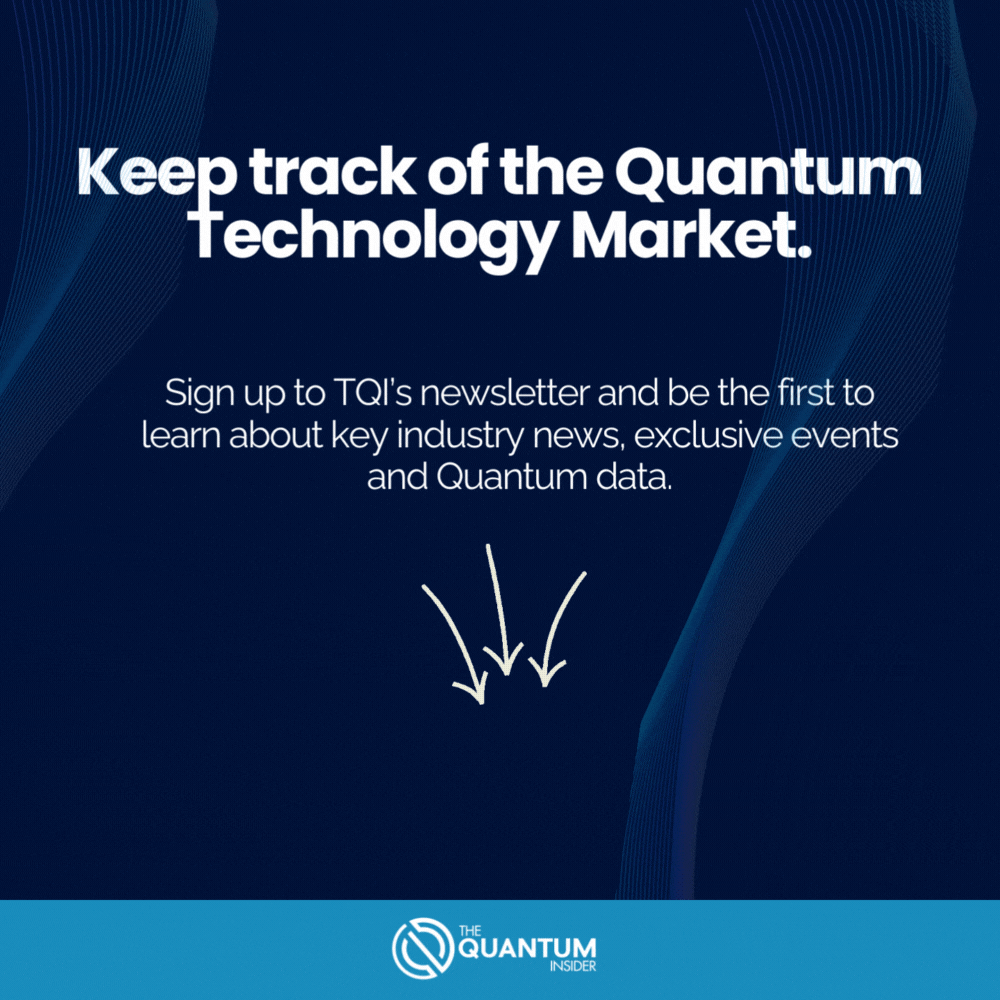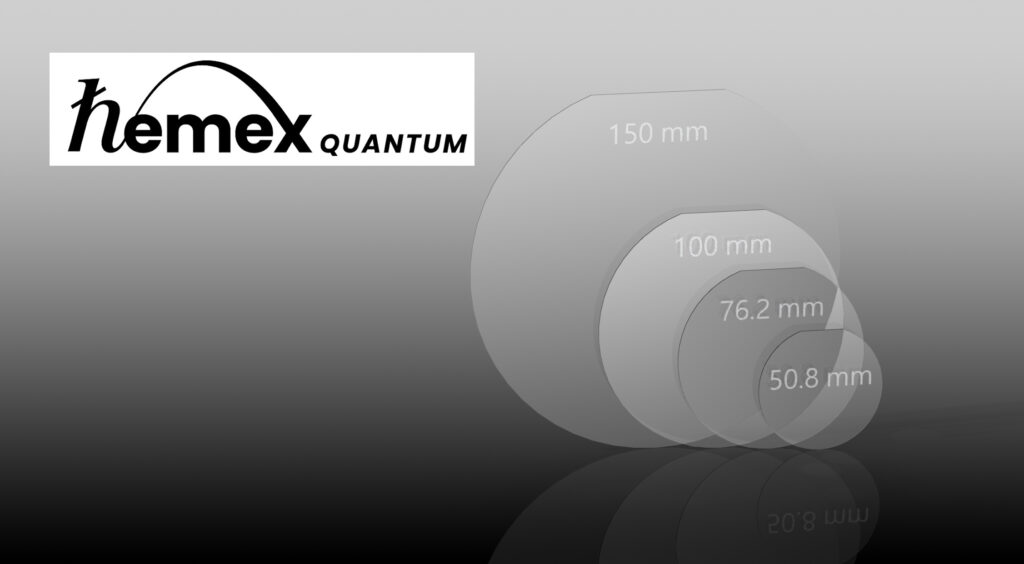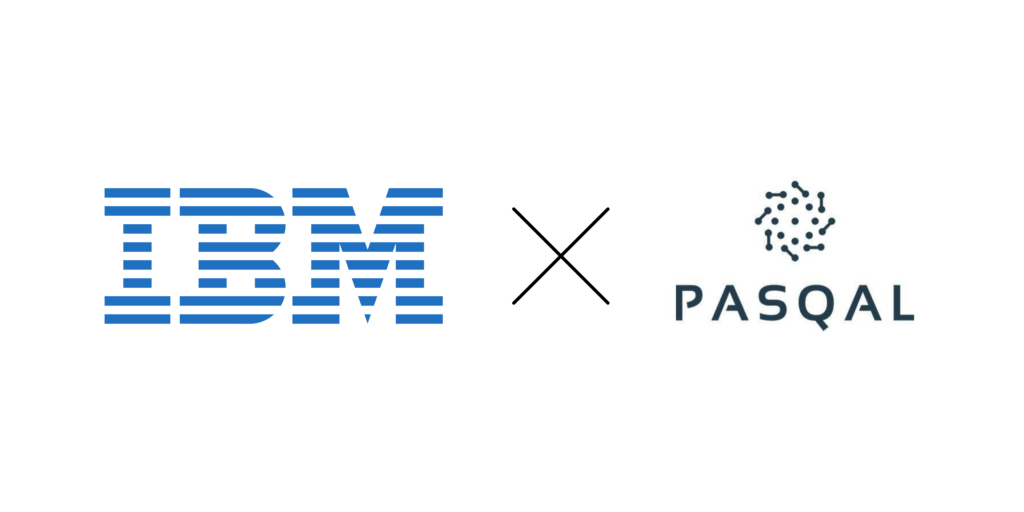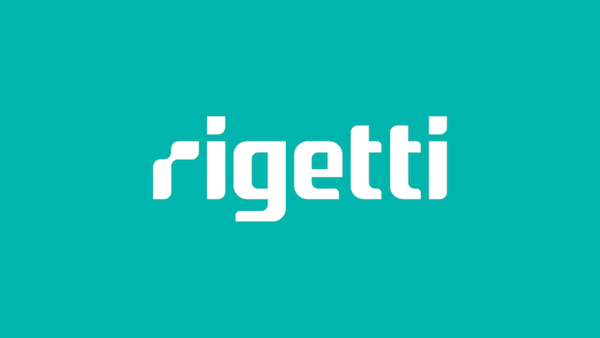Just like guitarists can simply say Gibson, or Fender, or Martin to instantly signal rock star quality, most businesses hope for a one-word brand that can sum up their company.
It turns out there is a quantum equivalent.
After over a decade of service to the academic community and pioneering work done to help the emerging quantum ecosystem, Montana Instruments has earned that rock star status among deep tech researchers.
“It’s not uncommon for customers to call us up and say, ‘Hey, my colleague did all their work on a Montana,’” said Mark Carroll, CEO of Montana Instruments. “They don’t say Montana Instruments, they don’t say Cryostation, they just say, ‘I got a Montana back here and I want to buy another Montana.’ So that really speaks to this idea that people get their work done – they get their data, and they’re able to publish or complete their dissertation, or gather needed test data – using Montana Instruments equipment.”

Behind the quality that powers research labs across the world stands a commitment to serving as a partner in the research process and an unrelenting drive for innovation to make that process easier, less costly, and more efficient.
Getting Your Hands on a Montana
There are a few reasons for this deep brand recognition.
First, the company made early connections in academic and research institutions, connections that have lasted through the years. These research labs and university classrooms are the cradle of today’s growing quantum ecosystem. Montana Instruments is already hooked into that growth potential, said senior product manager, Salvatore Guarnieri.
“We’ve got students who used a Montana when they were doing their research, and now they’re a postdoc or out in industry setting up their own lab, or doing their own R&D, or focusing on their own product development,” said Guarnieri. “Now that they’ve set up their own businesses, they come back to us and say, ‘I used a Montana as a student, or a friend of mine used one and had really great things to say about it, so how can I get my hands on one?’”
Innovation for Quantum
It’s not just that people started out using equipment from Montana Instruments; it’s the quality and innovation supporting the brand recognition, as the company drives innovation in areas particularly needed for the development of quantum technologies.
For example, Montana Instruments developed technology that conserves helium. The quantum industry relies on helium and is vulnerable to the gas’s price volatility and increasing scarcity. Montana’s closed-cycle cryostats feature a unique design that keeps helium gas in a closed loop, drastically reducing the need to refill. This, ultimately, helps quantum startups better manage costs, said Carroll, while making the world just a little bit more sustainable.
Montana Instruments doesn’t rest on a single innovation; their team has developed a culture of constant innovation during a long history of working in extremely complex research to make its products fit the ever-changing demands of scientific teams in academia and in industry, teams that are tackling intense scientific and commercial challenges.
“People are realizing that dilution refrigeration and binding Helium-3 and Helium-4 is complex,” said Carroll, “so moving to warmer temperatures and achieving quantum becomes attractive, both from the temperature regime perspective, but also push-button usability. People will tell us, ‘Here’s the interaction with my sample. We make sure it can go across the interface of our system in a supremely well-engineered environment. That’s really our wheelhouse.”
Quantum Mechanic Mechanics
Montana Instruments’ leadership in quality and innovation underscores how the company’s culture frames its contributions to the emerging quantum industry: they are a proverbial pit crew for quantum companies and research organizations
“We are leading towards being the premier cryogenics company accelerating quantum discovery,” said Carroll. “We want to be the mechanic, if you will, for the quantum scientists. We’re product engineers who listen very well to customers and that dictates our roadmap. We do a lot of customer interviews and oftentimes that’s piggybacked on an installation. So, we have a couple technicians doing the installation, but we also have somebody, like Sal, myself or our sales manager taking feedback and asking the customer what’s next for their organization. We go through these customer interviews to take that input, and which helps determine our product definition.”
Guarnieri said that by listening to the customer and developing easy-to-use push button cryogenic platforms, Montana Instruments is helping to ease what used to be a time-consuming, difficult, and expensive task in quantum research.
“As far as research and product development goes in the quantum industry, the key term that comes up for me is ‘invisible cryogenics,’” said Guarnieri. “We want to provide a cryogenic environment, so our customers don’t have to worry about it; it just works. They get to focus on the science and the research and the product development – whether it’s the next paper published, or the next quantum computer, or the next quantum leap in product development. We’re allowing them to focus on their core competency.”
In the past, the set-up normally fell to doctoral students, who would spend months building a cryogenic test-running system as part of their education. Carroll said that with “a Montana,” the time from installation to operation is cut dramatically.
“They’re up and doing their first cooldown within hours after we show up, which is different than how it used to be,” said Carroll.
What’s Next? Distributed Cooling
The ultimate vision for many quantum organizations is to integrate quantum into existing computer infrastructure, like server rooms. To get there, visionary quantum computing companies believe tomorrow’s quantum computer room will need to integrate into today’s classical server rooms. This will require distributed cooling – something that Montana Instruments views as a potential wave of the future.
“The next generation is going to be distributed cooling,” said Carroll. “Someday there’ll be a rack mount and, if you will, quantum blades that have a certain number of QPUs. They will need to be cold, and we can get there using distributed cooling. We will need to generate the cold and how to distribute it, as well as how to turn it off or on to change out a quantum blade.”
Carroll and Guarnieri said that no matter what the future holds for quantum, they expect to have an answer every time a new customer asks, “How do I get a Montana?”
“We want the expectation of the industry to be that you can make a single order for a single product from a single supplier that delivers the entire cryogenic environment straight out of the box,” said Guarnieri. “That kind of guaranteed compatibility of all required equipment eliminates risk from faulty experimental set-ups and accelerates the start of the groundbreaking research the quantum industry wants.”
If you found this article to be informative, you can explore more current quantum news here, exclusives, interviews, and podcasts.


